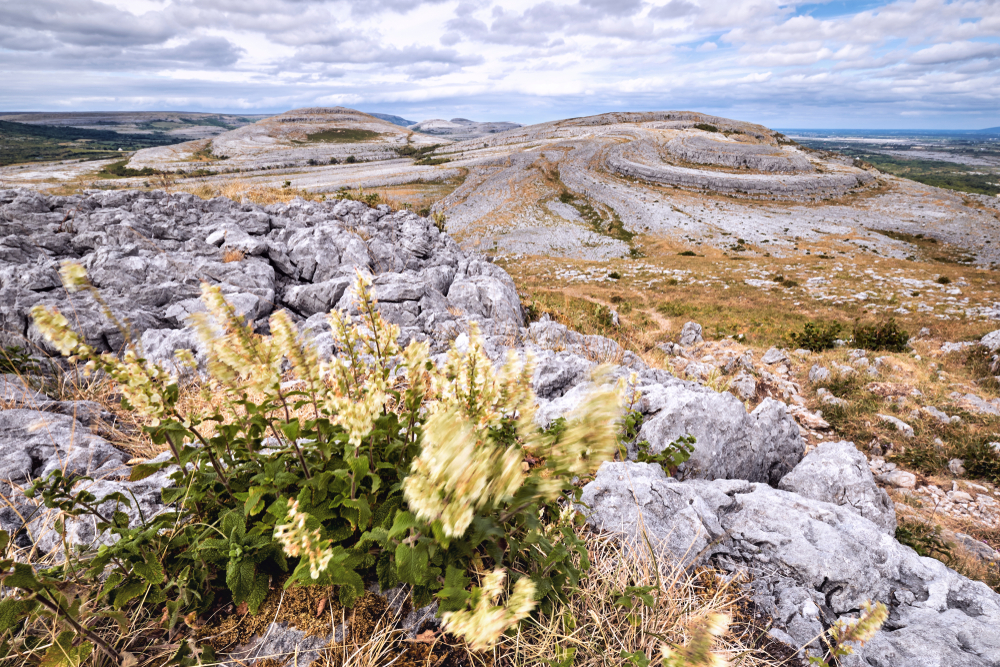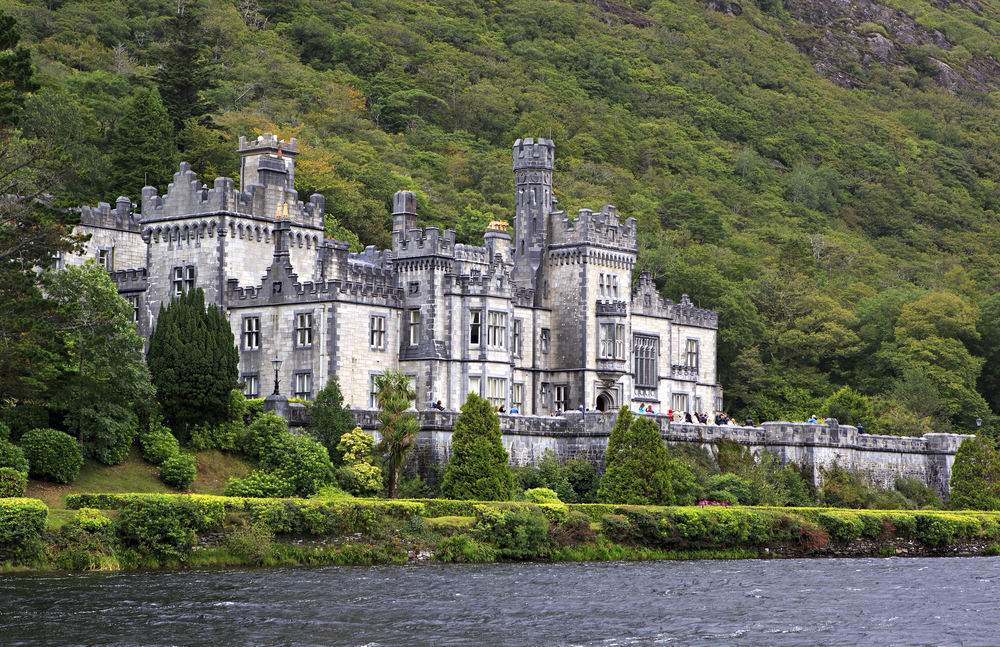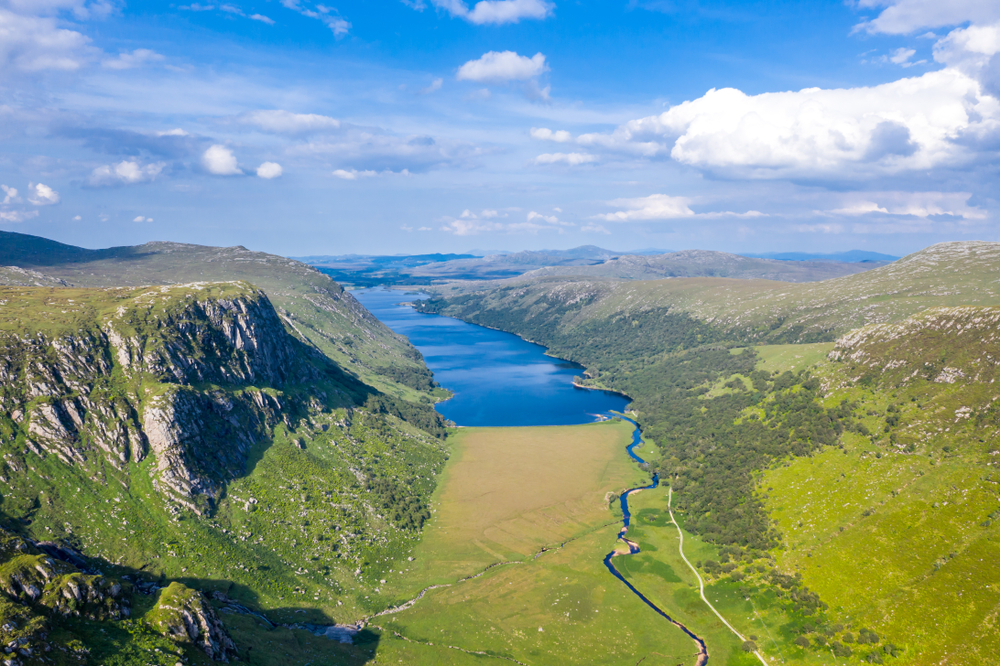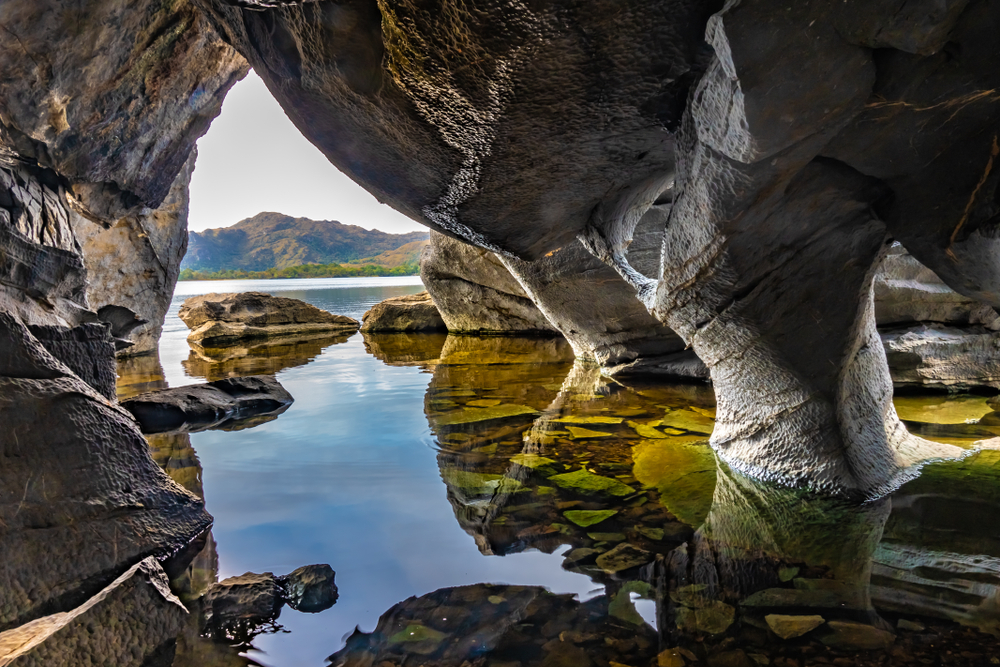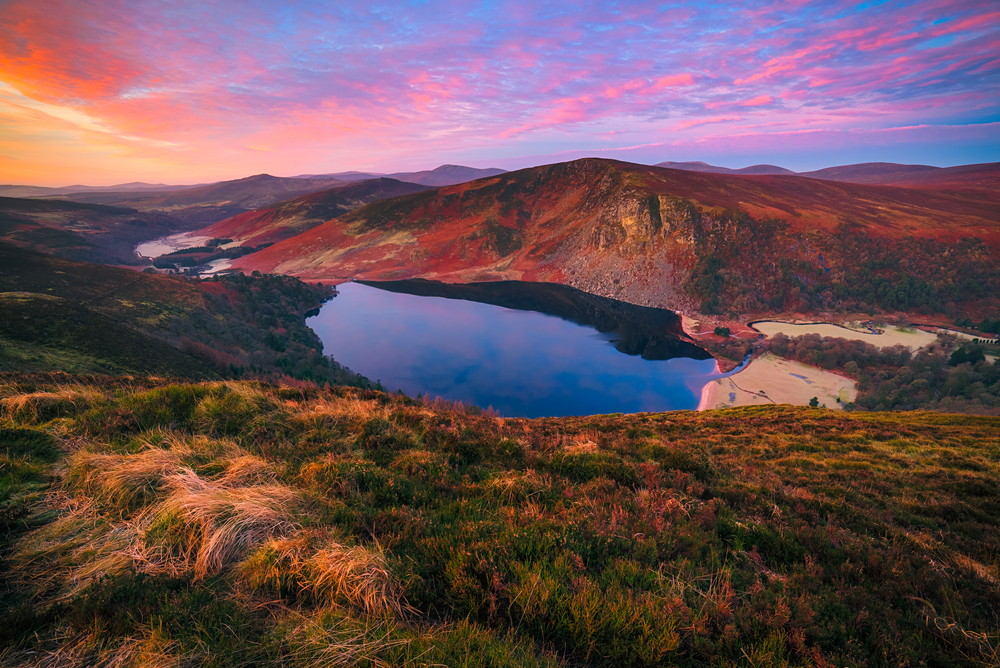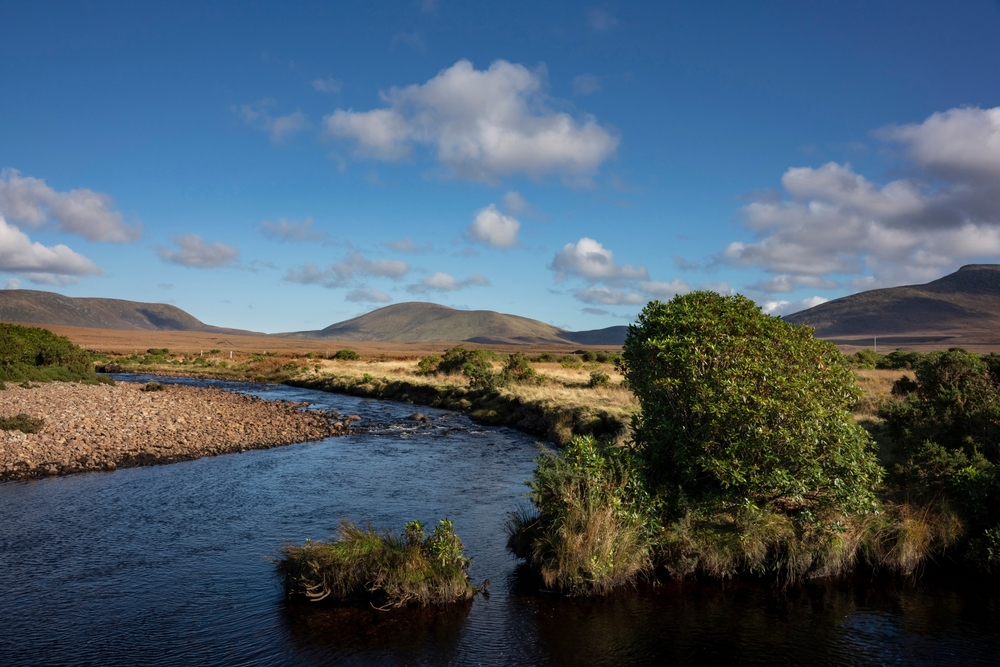Ireland is home to six officially designated national parks, each showcasing the country’s remarkable ecological diversity and cultural heritage. These parks protect and preserve some of the most unique landscapes in Ireland, ranging from rugged mountains and lush valleys to ancient woodlands and pristine coastal areas. Visitors to these national parks can explore a wealth of biodiversity, including rare plants, birds, and animals that thrive in these protected habitats. The parks are not only a haven for wildlife but also a cultural treasure, offering glimpses into Ireland’s history through archaeological sites, historic ruins, and traditional landscapes.
One of the most famous national parks is Killarney National Park, located in County Kerry. Known for its stunning lakes, verdant forests, and the majestic McGillycuddy’s Reeks mountains, this park is a jewel of Ireland’s natural heritage. It is home to the only native herd of red deer in Ireland and features the enchanting Muckross House and Gardens. The park’s lush landscape and diverse ecosystems provide a perfect retreat for nature lovers, hikers, and history enthusiasts.
Glenveagh National Park, in County Donegal, is Ireland’s second-largest national park and is renowned for its rugged beauty. The park features the dramatic Derryveagh Mountains, shimmering lakes, and expansive moorlands. Glenveagh Castle, a 19th-century mansion, adds a touch of grandeur to the wilderness. The park is also a critical conservation site for the golden eagle, successfully reintroduced after its local extinction.
Burren National Park, located in County Clare, offers a starkly unique landscape compared to Ireland’s typically lush scenery. Its limestone pavement terrain is dotted with rare flora, including Arctic-Alpine and Mediterranean species, making it a botanical wonderland. The park is a prime location for exploring Ireland’s geological and archaeological history, with prehistoric tombs and ancient stone walls blending seamlessly with the natural landscape.
Connemara National Park, in County Galway, is another gem. Its rugged terrain, characterized by bogs, heaths, grasslands, and mountain ranges, offers breathtaking vistas and hiking opportunities. The park protects a wide range of wildlife, including the Connemara pony, a native breed that has adapted to the harsh environment. The Diamond Hill trail is particularly popular, offering panoramic views of the surrounding area.
Finally, Wicklow Mountains National Park, near Dublin, is a favorite for those seeking outdoor adventures. Its vast expanse of upland landscapes includes heather-covered hills, glacial valleys, and serene lakes. The park is also home to Glendalough, a monastic site of great historical and spiritual significance.
Despite Ireland’s conservation efforts, challenges such as habitat loss, climate change, and visitor impact persist. However, initiatives like sustainable tourism, reforestation, and wildlife monitoring have been successful in preserving the parks’ natural and cultural heritage for future generations.










































































